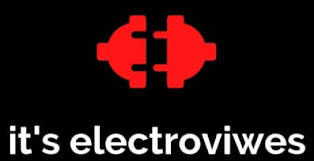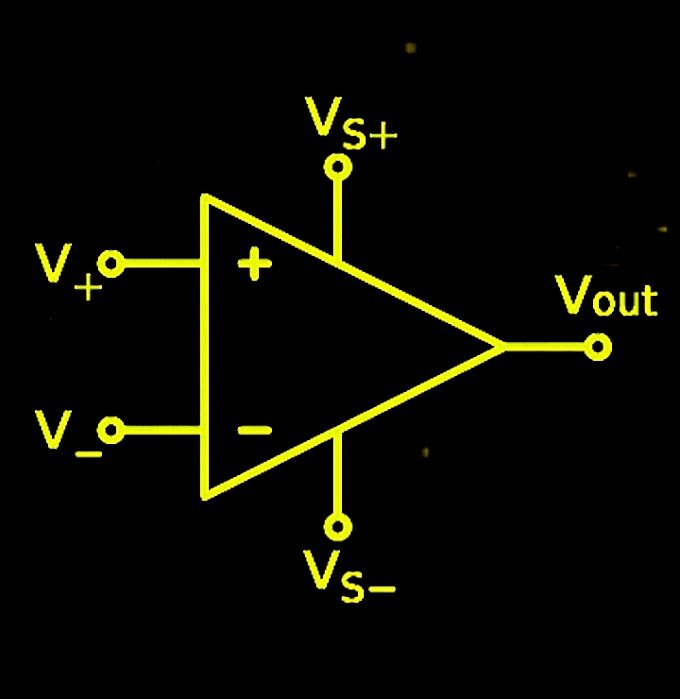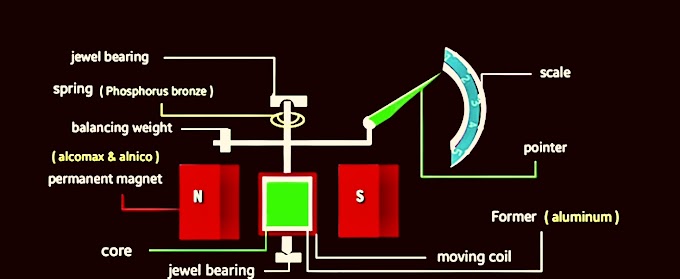In this blog i will give the complete information about what is transducer and types of transducerswhat is transducer?
transducer is a device which transforms a non electrical physical quantity into an electrical signals
in other words it is a device that is capable of converting the physical quantity into a proportional electrical quantity such as voltage and current
some are the examples of the transducers
microphone, loudspeaker, thermometer, position and pressure sensors, and antenna
types of transducers
1. active and passive transducers
2. analog and digital transducers
3. primary and secondary transducer
4. electrical and mechanical transducers
5. transducers and inverse transducers
1.based on the requirement of external power supply
a. active transducer
active transducers convert an input physical quantity or phenomenon into electrical output without any external supply
these transducer operates under energy conversion principal i.e the energy required for production of output signals obtained from physical quantity being measured
they develop their own voltage or current output
eg. photovoltaic cell, thermocouple, piezoelectric transducer etc.
application of active transducer
- thermocouple used to measure temperature
- piezoelectric transducer used to measure pressure
b. passive transducers passive transducers required external power supply to convert an input physical quantities or phenomenon into electrical output
these transducers operates under energy controlling principle i.e 'the energy required for
production of output signals obtained from external power supply.'
as these are externally powered transducers They depend on auxiliary power supply for their operations E.g. thermistor, strain gangue, potentiometers, capacitive transducer etc
2.based on nature of output signals
a. Analogue transducers
analog transducers convert an input physical quantity of phenomenal into an analogue output which is a continuous function of time
the output of this transducers is analogue in nature
example of these transducers are thermistor, thermocouples, strain gangue, L.V.D.T. etc.
b. digital transducers
digital transducers convert an input physical quantity or phenomenon into discrete steps of electrical output, which is in the form of pulses.
the output of this transducers is digital signals.
one can convert the analogue into digital transducer by combining it with analogue to digital converter to get digital output.
example of this transducer is rotatory encoder.
3.Based on the connectivity with the measurement
a. Primary transducers
Primary transducers are detector which sense a physical phenomenon
the transducers which directly comes in contact with measurment and acts as a sensor to sense or detect the physical quantity is called primary transducer.
As shown in figure the bourdon tube comes in contact with input pressure directly hence it acts as a primary transducer, which convert the input pressure into proportional displacement of its free end
this output is again given to the other transducers to get usable electrical output
b. Secondary transducer
the displacement given by the bourdon tube is now applied to the core of the LVDT to convert this displacement into a proportional electrical quantity (voltage)
thus there are two stages of transduction; first pressure is converted into displacement by bourdon Tube then the displacement is converted into analogous voltage by LVDT.
here the LVDT called as secondary transducer
4.Based on the conversion
a. electrical transducer
electrical transducer is a device which convert any physical or mechanical quantity directly into voltage
or current proportional to the input.
It must have the parameter like Linearity, sensitivity, dynamic range, repeatability, physical size ect.
the electrical phenomenon employed in the transduction element of transducers are may be resistive, inductive, capitative, piezoelectric, electromagnetic, photo-emissive, photo-resistive, thermo-electric, potentiometer, and frequency generating.
example of electrical transducers are thermistors which convert the temperature into resistance, potentiometers which converts angular displacement nito resistance, strain gangue which convert the pressure or stress into resistance.
Advantages of electrical transducers
an output is electrical signal, amplification and attenuation can be easily done.
mass-inertia effects are minimized.
effect of friction is minimized.
output can be indicated and recorded remotely at a distance from sensing location.
the output can be modified to meet the requirements of indicating and control nuits.
b. Mechanical transducers
mechanical transducers is a device which converts any physical or mechanical quantity into other
mechanical or physical quantity proportional to the input.
mechanical transducers possesses high accuracy ruggedness but it has poor frequency response, require large force for attraction and also not compatible with electronic system which is a heart of today's instrumentation era.
Bourdon tubes, bellow, diagram are the example of the mechanical transducers which convert the
pressure into displacement. bimetallic strip also a mechanical transducer which converts the
temperature into displacement.
transducers and inverse transducers
a.transducers
transducers are device which converts electrical quantity or phenomenon into non-electrical quantity
E.g. thermistor (temperature into resistan
ce)
a. inverse transducers
inverse transducer is device which converts electrical quantity or phenomenon into non-electrical quantity.
E.g. piezo-electric crystal (applied voltage into mechanical displacement)













No comments:
Post a Comment